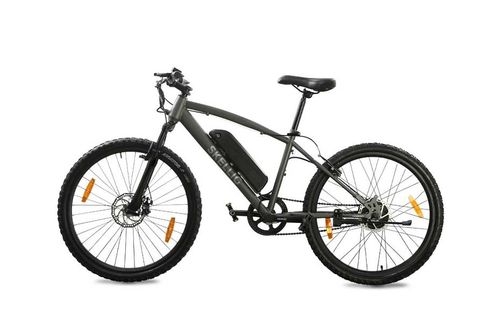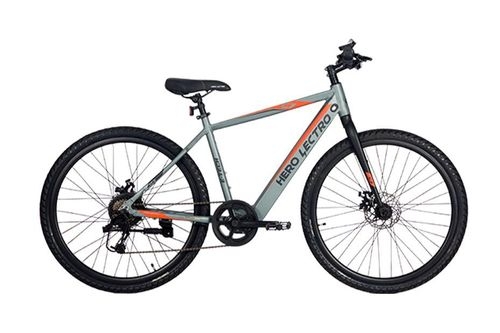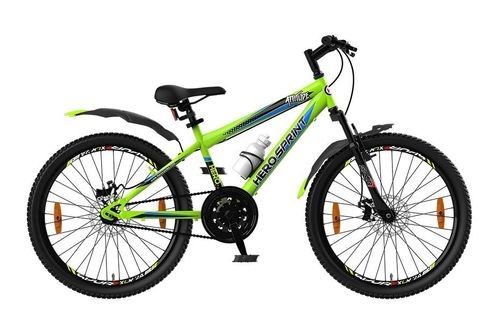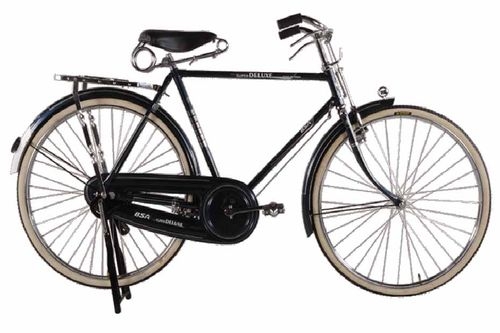Ad
Ad
The Canadian Armoured Autocar Fights Back the Germans- World War I
The Canadian Armoured Autocar played a major role in fighting the Germans and halting their mission during ‘The German Spring Offensive of 1918’ in World War I.
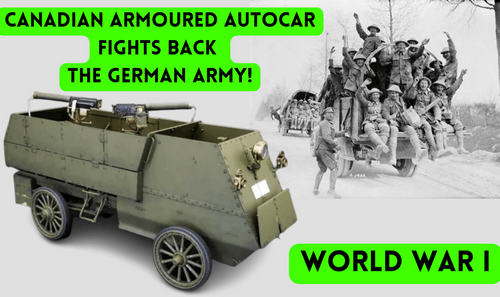
In Canada there was no activity towards the development of the tank until the very end of the First World War. Industrial shortcomings and the time taken to develop a tank were considered to be the main reasons. It came as a surprise for many when Canada developed an armoured car early into the war by relying completely on its own resources.
The armoured car created by Canada was referred to as a mobile machine gun nest. It was developed by Major General Raymond Brutinel.
Major General Raymond Brutinel
Raymond Brutinel, was a Frenchman who had immigrated to Canada in 1904. Before moving to Canada he had served as a Captain in the French Army. It is believed that he became a self-made millionaire in Canada prior to the beginning of World War I.
Early Development
Ad
Ad

A lot of research was being done in different countries for the development of an armoured car. Major Brutinel was convinced that an automobile armed with a machine gun could do wonders as a weapon in the battlefield. In 1914, he started promoting the idea of combining machine guns with the existing vehicles. He requested the Minister of Militia, Sir Sam Hughes to allow him to raise an armoured car company with private funds. It was not a standard practice during that time and his offer was turned down by the Minister. Brutinel did not give up and after some persuasion his offer was accepted officially.
Major Brutinel was all set to give shape to his dreams, and he needed Vickers Machine Guns for the armoured vehicle.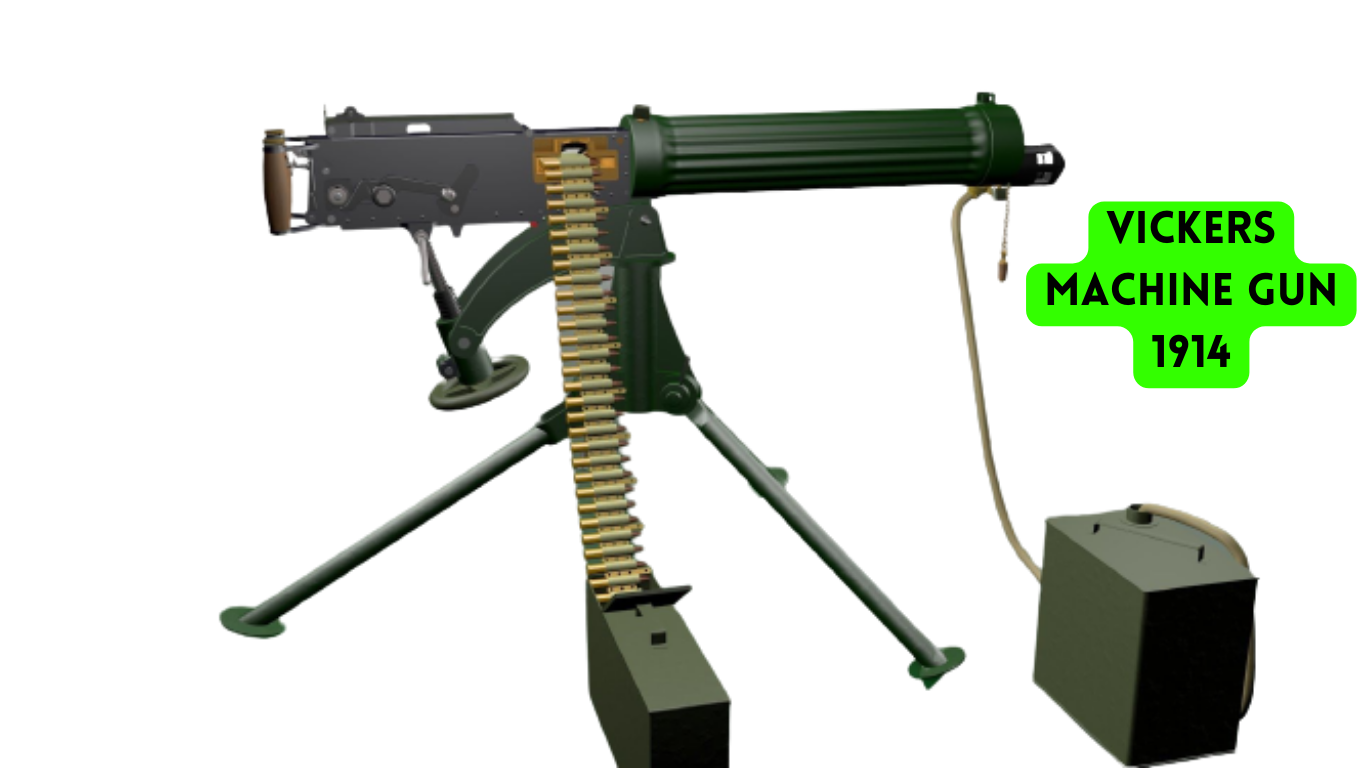
Vickers Machine Gun
Vickers machine gun was based on the Maxim Machine gun, a successful machine of the late 19th century, which we have covered in the earlier articles. Vickers, an armament dealer, purchased the Maxim company outright in 1896. He took the design of the Maxim gun and developed an improved version of it. He inverted the mechanism and also reduced its weight. The gun was lighter, the actions were simplified and a muzzle booster was also added.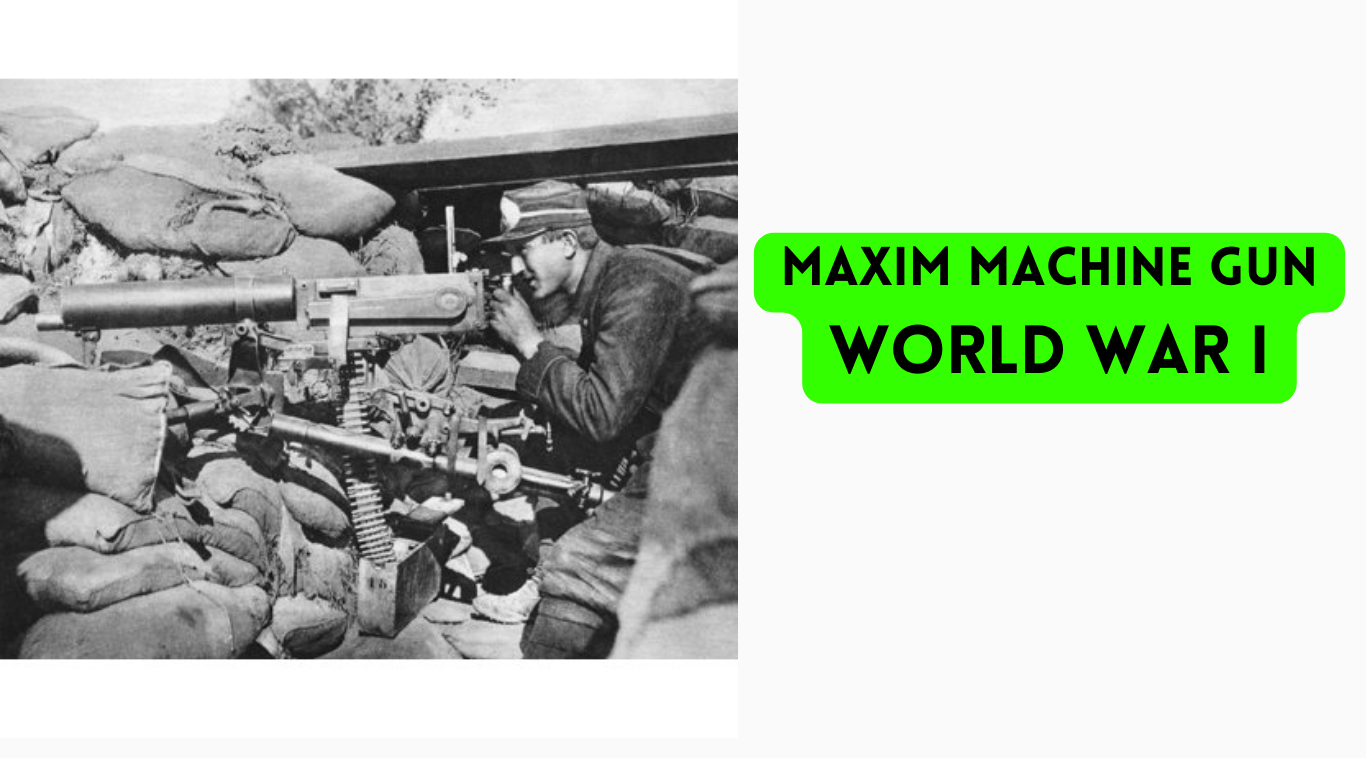
But there were shortages of the Vickers Machine Guns when the First World War began. The British Expeditionary Force was still equipped with Maxim guns when sent to France in 1914. 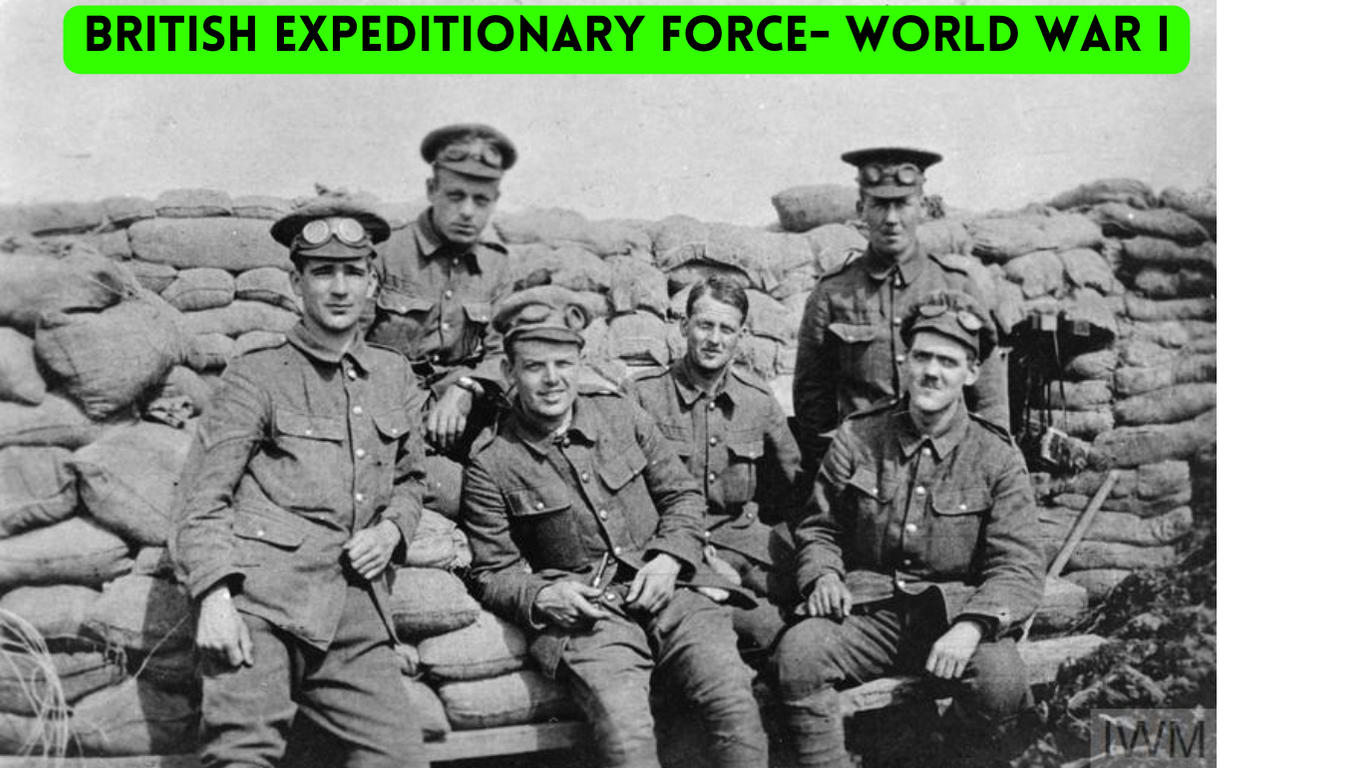
When Major Brutinel started working on the design of his armoured car, Vickers machine guns had become unavailable. Not willing to give up on his dreams, Brutinel travelled to the Colt Company of Hartford, Connecticut. After arriving there, he placed an order for 20 Colt machine guns that he planned to use in his armoured car.
He had got the guns and now he needed a chassis for the vehicle. He needed a foundation for the armoured car that was strong enough to support the weight of the armour and the gun.
In pursuit of his dreams, he travelled to the Autocar Company of Ardmore, Pennsylvania. After arriving there he saw many models and finally homed on to the chassis of a truck. He purchased the truck chassis which had a reliable reputation and was strong enough to be turned into an armoured vehicle.
Now, it was time to get the armour plate. Major Brutine then moved on to the Bethlehem Steel Company. There he bought stocks of 9.5mm armour plates. But how would he transport the guns, the chassis and the armour plates to Canada, was the big question.
He planned the rail transportation to bring all the stuff to a single assembly site in Canada. This was the same site where his Brigade was raised using private funding donated by the wealthy citizens of Canada.
Design of the Armoured Autocar
Once he returned to Canada, he started the work of developing the design of the armoured bodies that would be mounted on the truck chassis. The final design that was developed had an open topped armoured box that had an angled front plate and drop sides. The machine guns were mounted on a pedestal. The guns were capable of firing over the sides of the vehicle, and could be dismounted to be used on the ground.
The weight of the Armoured Autocar was 3 tons. It could accommodate 8 crewmembers. The maximum speed of the car on the road was 40 km/h. But the off-road capabilities of the vehicle were limited.
By 1906, armoured cars had already been developed by America and Europe and the young automotive industry was going through a major transformation. The Canadian Armoured Autocar was considered to fall in the category of ‘Armoured Lorries’ not ‘Armoured Cars’ although the vehicle was smaller and lighter than many armoured cars that were developed during that time.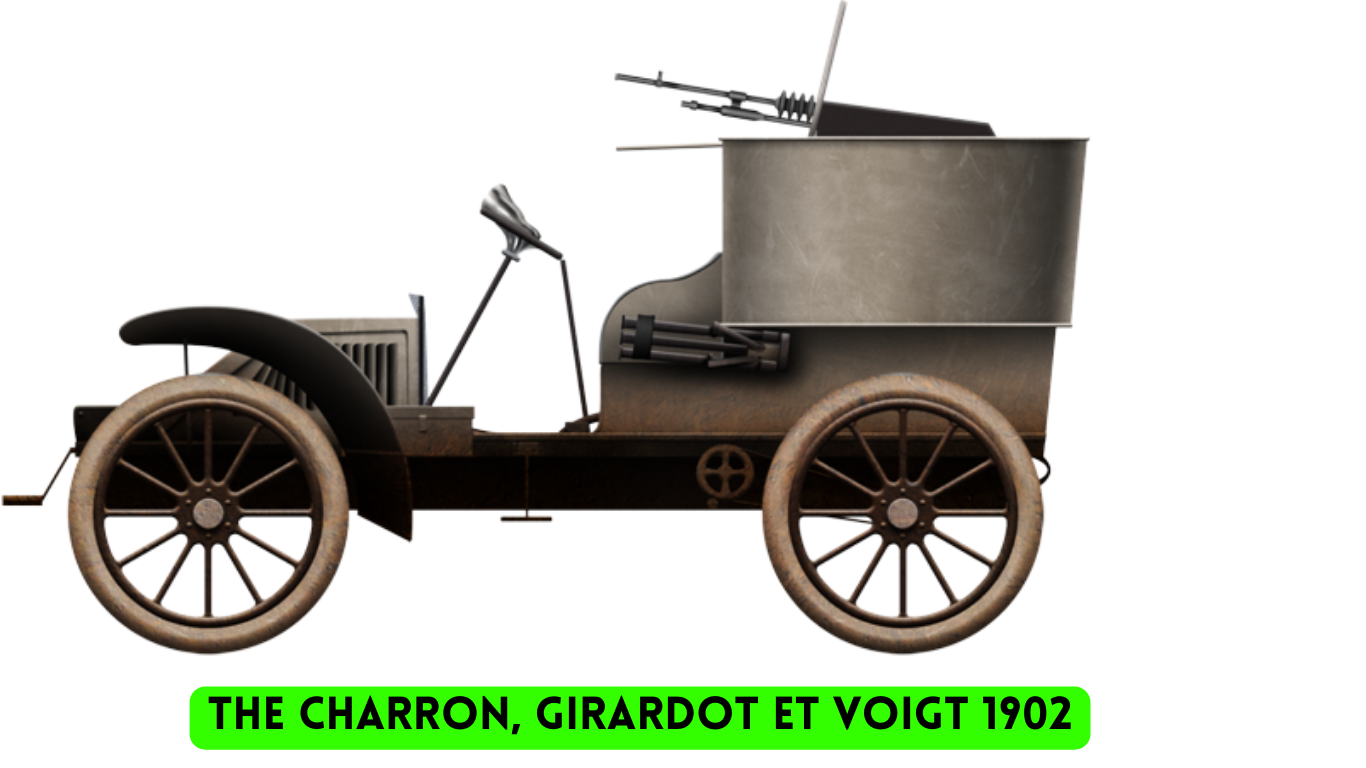
Contrary to the French Armoured Car The Charron, Girardot et Voigt 1902 and the Austrian Austro-Daimler Panzerautomobil, Canadian Armoured Car was only partially armoured. Moreover, it had no traversing turret.
With its large wooden spoked wheels, it looked more like an old west wagon with armoured plates and machine guns. It did not look like the armoured cars that had been developed in the late nineteenth century.
The design was based on the design of the vehicles that were developed in 1914. It had an open top armoured box, with flat sides and there was an angled front plate. There were two machine guns that were mounted on a pedestal. The guns could fire above the sides and also against aerial targets during the war.
They could be dismounted also to be on the ground by the infantry. The combat weight of the vehicle was 3 tons. It had 8 crew-members that consisted of the driver/mechanic, an officer, four machine gun servants and two riflemen.
The engine had a top speed of 40 km/h on flat road, which was good for that time. Moreover, the vehicle was never designed for the trenches and muddy cratered landscape of the western front. The off-roading capabilities of the vehicle were very like most of the armoured vehicles of that time.
The armour plate skirt that was fitted to the chassis, was made of steel and was 5 mm in thickness at the front and sides, and 3 mm at the rear of the vehicle. The vehicle had firepower and mobility but it provided very little protection to the crew. The open top made the crews very vulnerable to attack by snipers and artillery during the war.
Though the vehicle needed 8 crewmembers to achieve best results during the war, it was not large enough to accommodate all eight crewmen at once when firing both their Machine Guns.
Extra men had to be loaded in trucks. When deployed in combat, three men were needed to serve the guns. It included two machine gunners and in addition to that a single loader. Then there was the driver and the officer.
When dismounted, the crew of eight needed an additional gunner who would carry the tripod to the setup position. A belt feeder was needed to carry the gun to the setup position and two men were responsible for ammunition boxes, cooling water and spare parts. A scout, a runner, a range taker and spare body carrier was also deployed.
They were so well trained in all positions that they could strip and reassemble the weapon even when blindfolded. The armoured autocar, loaded with a Lewis Machine Gun, was sometimes brought forward to provide extra support.
The First World War
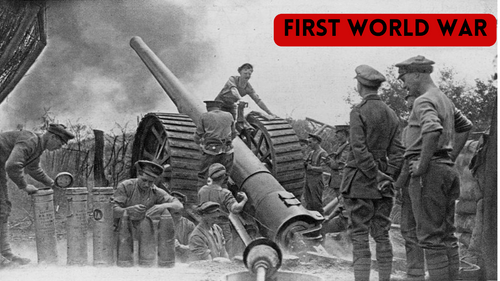
World War I, which is also called First World War, was an international conflict that involved most of the nations of Europe along with Russia, the United States, the Middle East, and other regions. When Germany’s invaded Belgium,Great Britain issued an ultimatum to Germany to withdraw its troops
The deadline passed without a reply from Germany. On 15th August 1914, Britain declared war on Germany.
The Canadian Expeditionary Force (CEF)
The Canadian Expeditionary Force (CEF) was formed after Britain declared war on Germany. It was formed with an initial strength of one infantry division..
Britain began to mobilise its Imperial forces in mid 1914 and it started calling for assistance during the war. Its major colonies included India, Australia, South Africa and Canada. In October 1914,The Canadian Expeditionary Forces arrived in Britain. Accompanying the CEF was the world’s first mechanised armoured unit: The Canadian Automobile Machine Gun Brigade.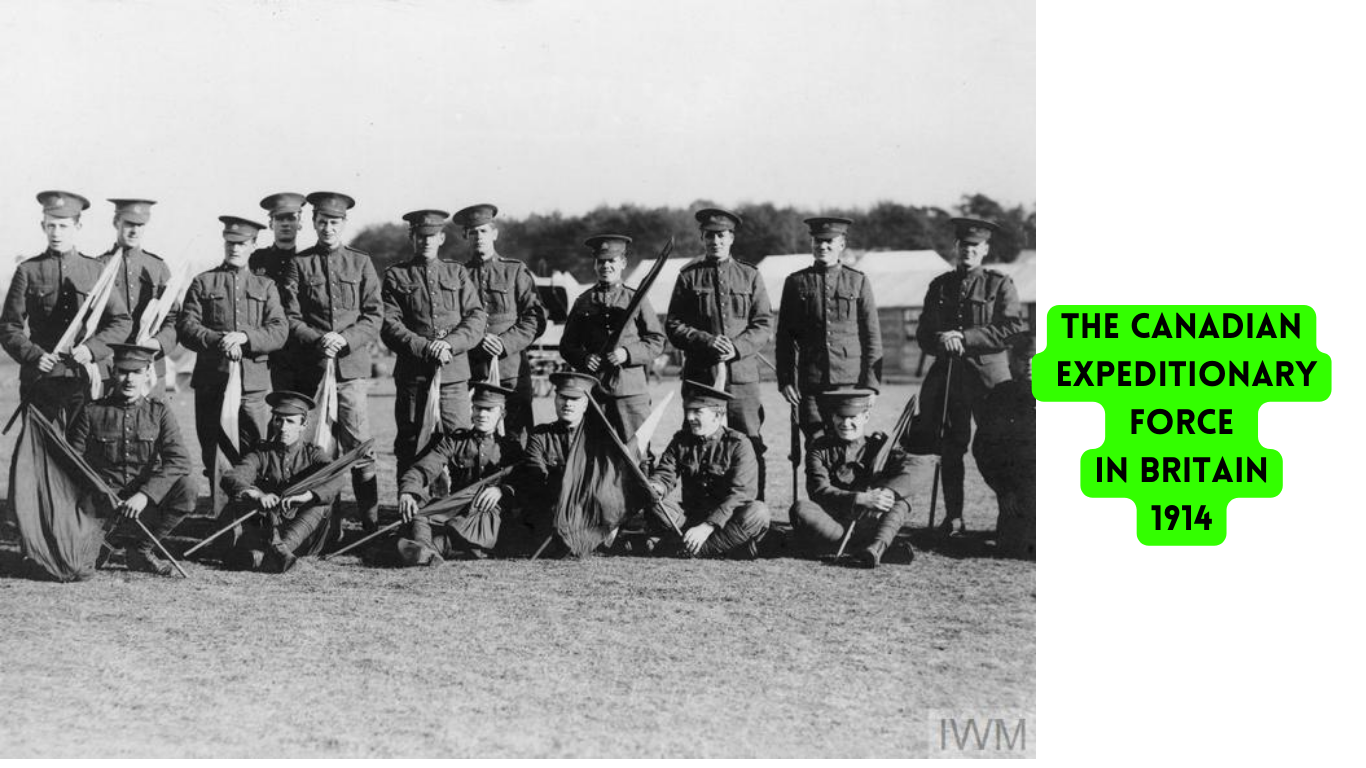
The Canadian Automobile Machine Gun Brigade
The Canadian Automobile Machine Gun Brigade was the first fully motorised unit of the Canadian Expeditionary Force (CEF) during the First World War. It was established on August 24, 1914, in Ottawa, Ontario, Canada by Canadian Brigadier-General Raymond Brutinel. It was called Automobile Machine Gun Brigade No.1. General Brutinel initiated the program and was the Unit's first Commander. The unit played a significant role in fighting the Germans and halting their mission during the major German spring offensive of March 1918. 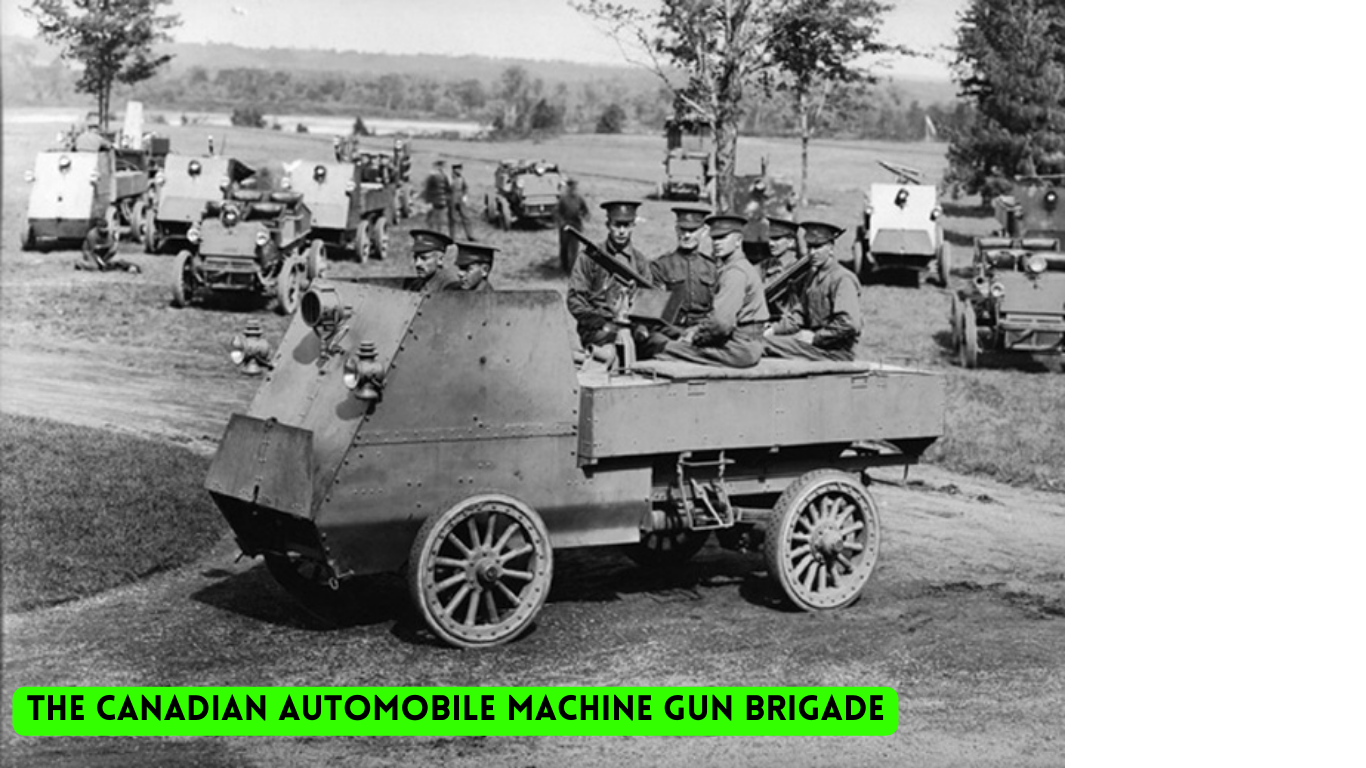
The Canadian Automobile Machine Gun Brigade of the C.E.F. was mobilized on 15 September 1914. It comprised the 1st and 2nd Sifton Batteries. It was commanded by the one who raised it, Major General Brutinel. The brainchild of Major General Raymond Brutinel, the Automobile Machine Gun Brigade included mortar batteries, motorcyclists and bicycle mounted infantry. But what set it apart from the rest, was the fleet of 20 armoured lorries/trucks. Out of these, eight were armoured autocars, mounted with a pair of machine guns.
This was the first motorized Unit in Canada, and one of the first motorized Units worldwide. In 1915, three more batteries named "Eaton", "Borden" and "Yukon", were created and it was all being done with private funding like before. This was a step forward for making a second unit. It was a dream come true for the officers when these brigades got permission to deploy overseas. The day for which the Brigade was created was near. 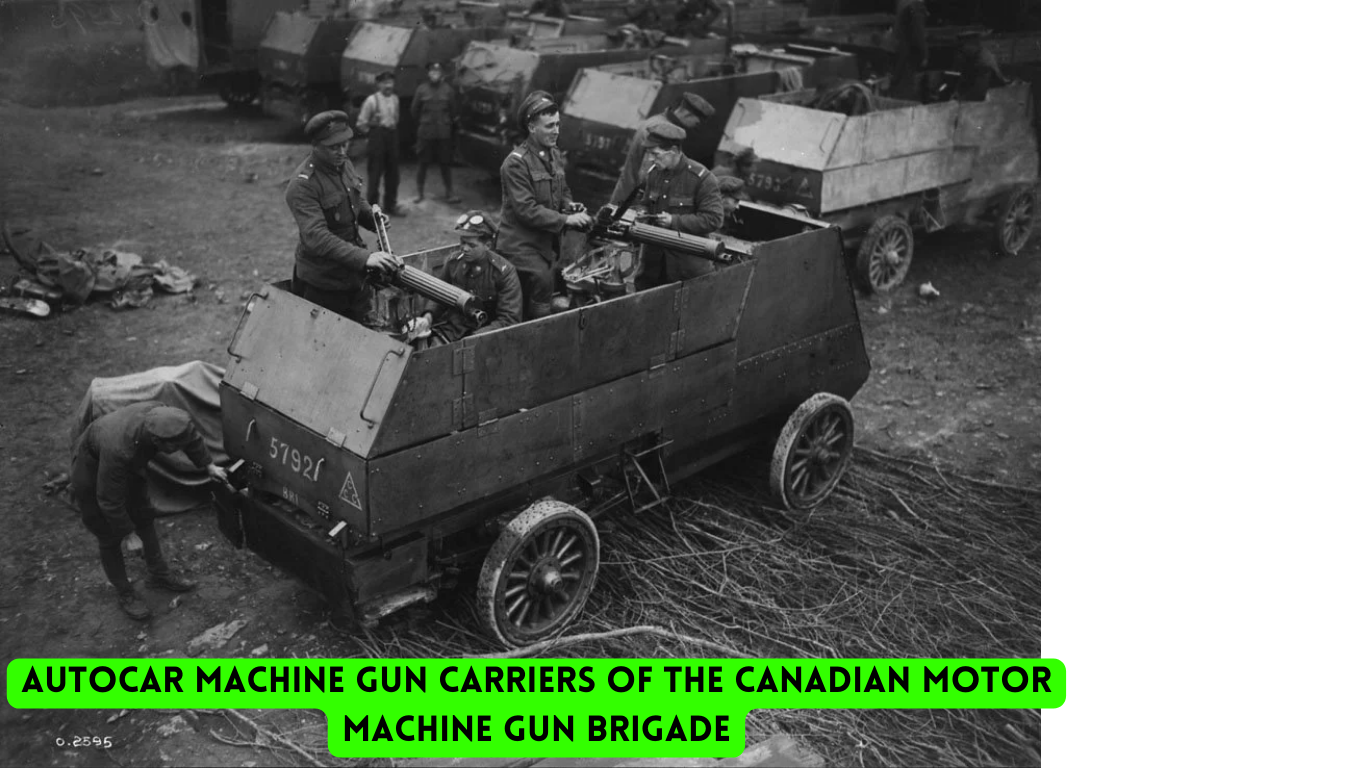
But as luck would have it, by the time the Brigade was moved to France, the fight had become static. Both the sides had suffered heavy casualties and battlefronts were moving very slowly, turning the battle into a static warfare. Movement had been limited by the number of casualties on both sides and the vehicles did not find a place in the new kind of warfare of the western front.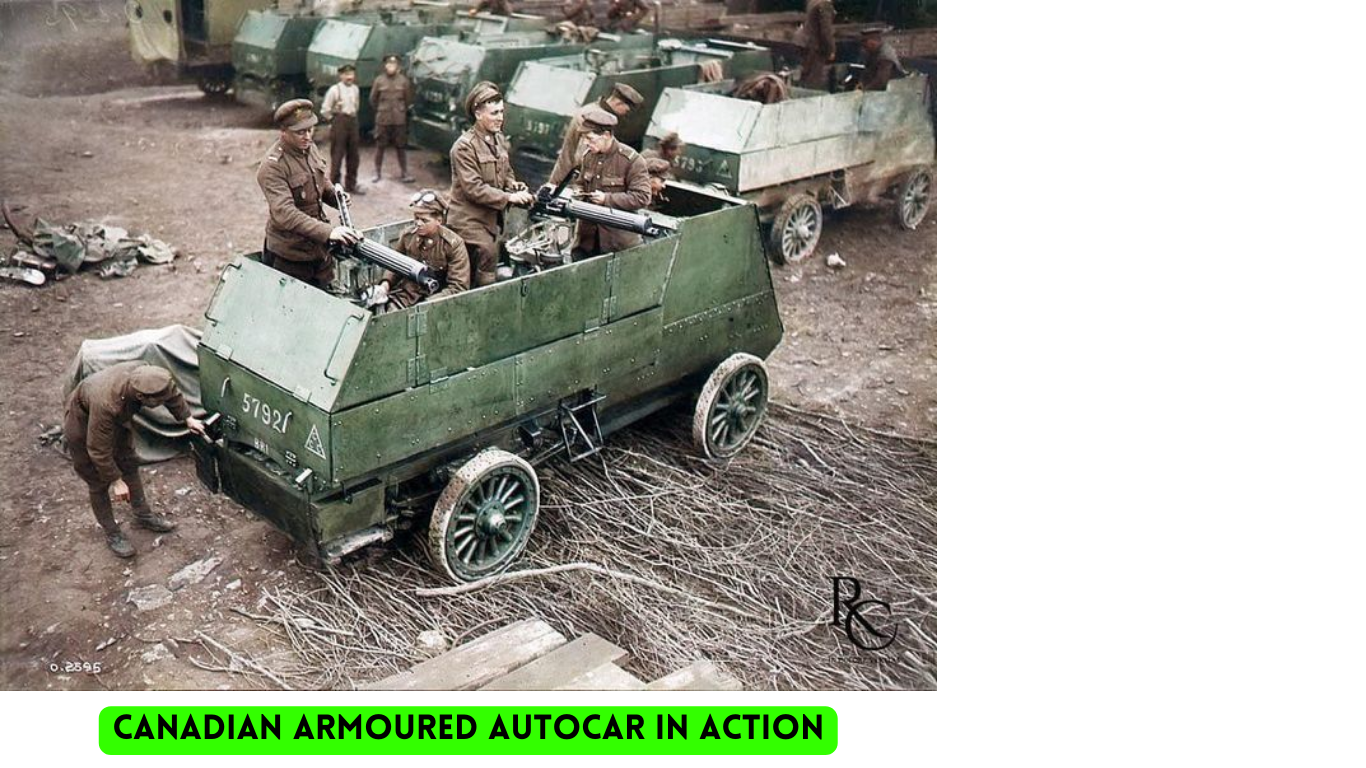
On 16th May 1915, the units were redesignated as the1st and 2nd Canadian Motor Machine Gun Brigades, C.E.F. They were further subdivided into the A, B, C, D and E batteries, for both the brigades.
Each Battery consisted of 8 Armoured Autocars and 12 light trucks that were specially designed.
Each Armoured Autocar carried 2 Vickers machine guns and 20,000 rounds of ammunition in addition to the riflemen,
The trucks stored extra ammunition, gasoline and food that would be enough for 14 men.
Like many armoured cars which stayed on the western front, these cars spent a major part of their career patrolling on the rear lines. Though nothing much happened initially, towards the end of the war, they were deployed as point defence against German aviation.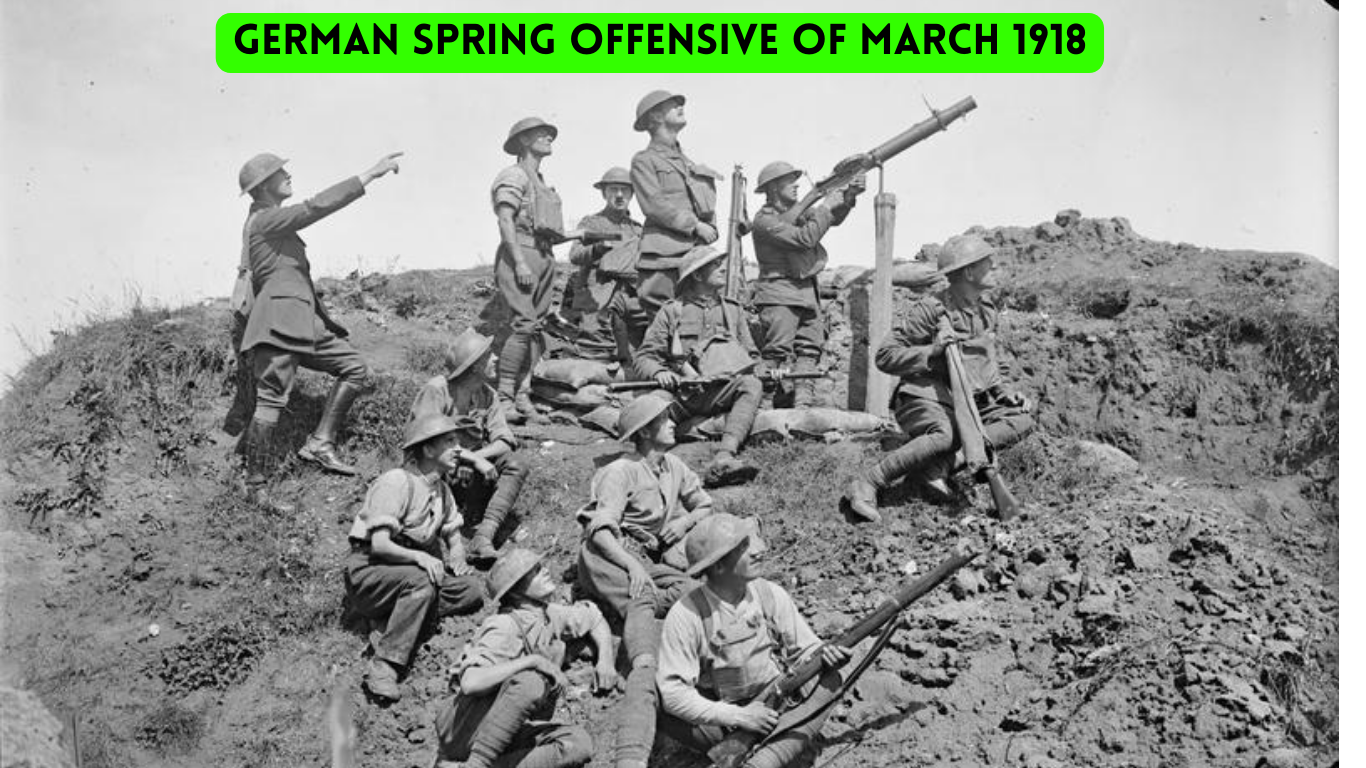
It's not before the German breakthrough in the spring of 1918 that these Armoured Autocars got an opportunity to prove their worth in combat. Brutinel had first wanted the cars in 1914 to spearhead an advance through enemy lines. But the cars exceeded expectations and excelled in defence filling holes in the lines, whenever required and they repelled German attacks in a big way.
Legacy of The Armoured Autocar
The support that Major General Brutinel received from the visionary Minister of Militia, Sam Hughes, helped him create the Canadian Motor Machine Gun Brigades. Sam Hughes, with all of his faults, was more open to the concept of automobiles with machine guns than were the traditional army leaders during that time.
The Canadian Motor Machine Gun Brigades left behind an impressive legacy as the world's first equipped armoured units.
The Canadian Armoured Autocar served as a powerful inspiration for the designs of the armoured cars which were developed later, notably the M2/M3/M5 Half-Tracks cars units during the Second World War. 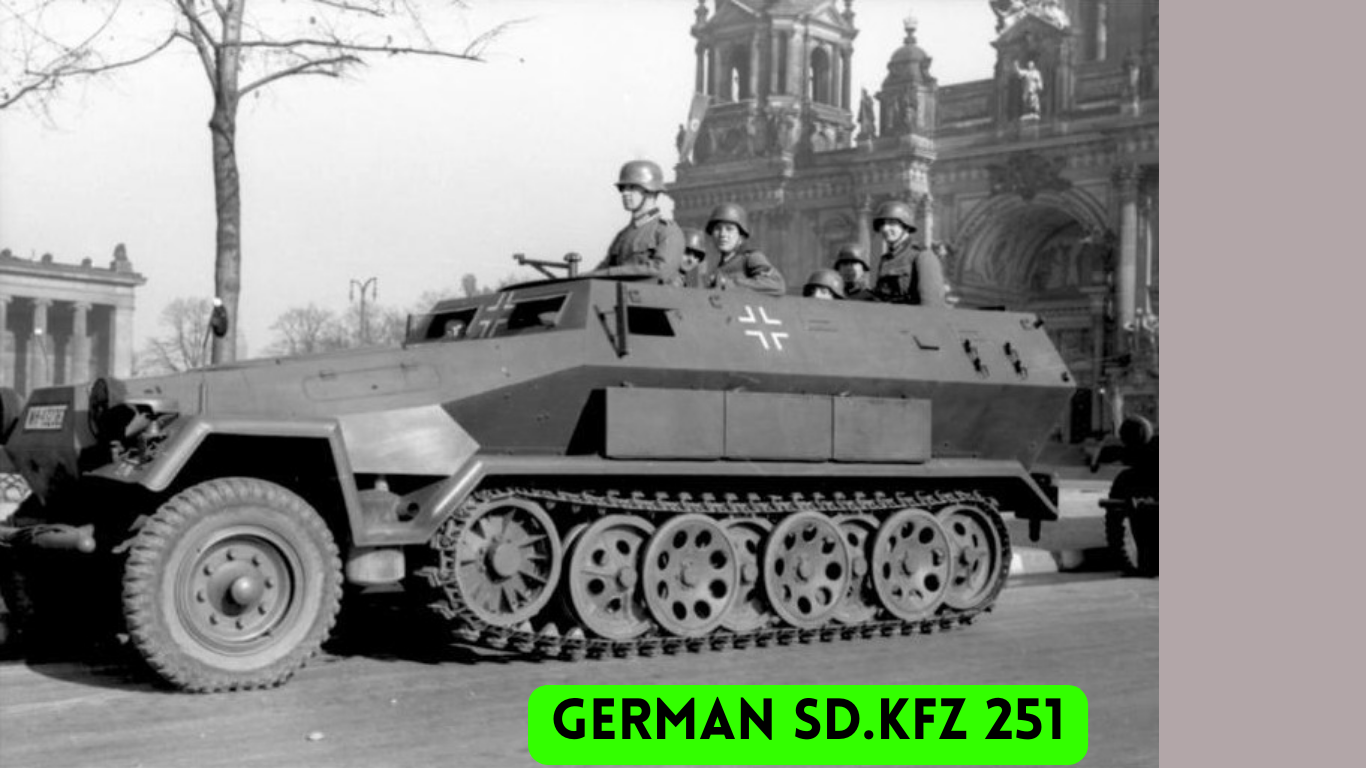
Although Brutinel is not credited directly, the Germans drew inspiration from the Autocars designed by him and developed the Panzergrenadiers, motorised infantry carried by the Sd.Kfz 251. The Russians created companies using the BA-30 after drawing inspiration from the Canadian Autocar.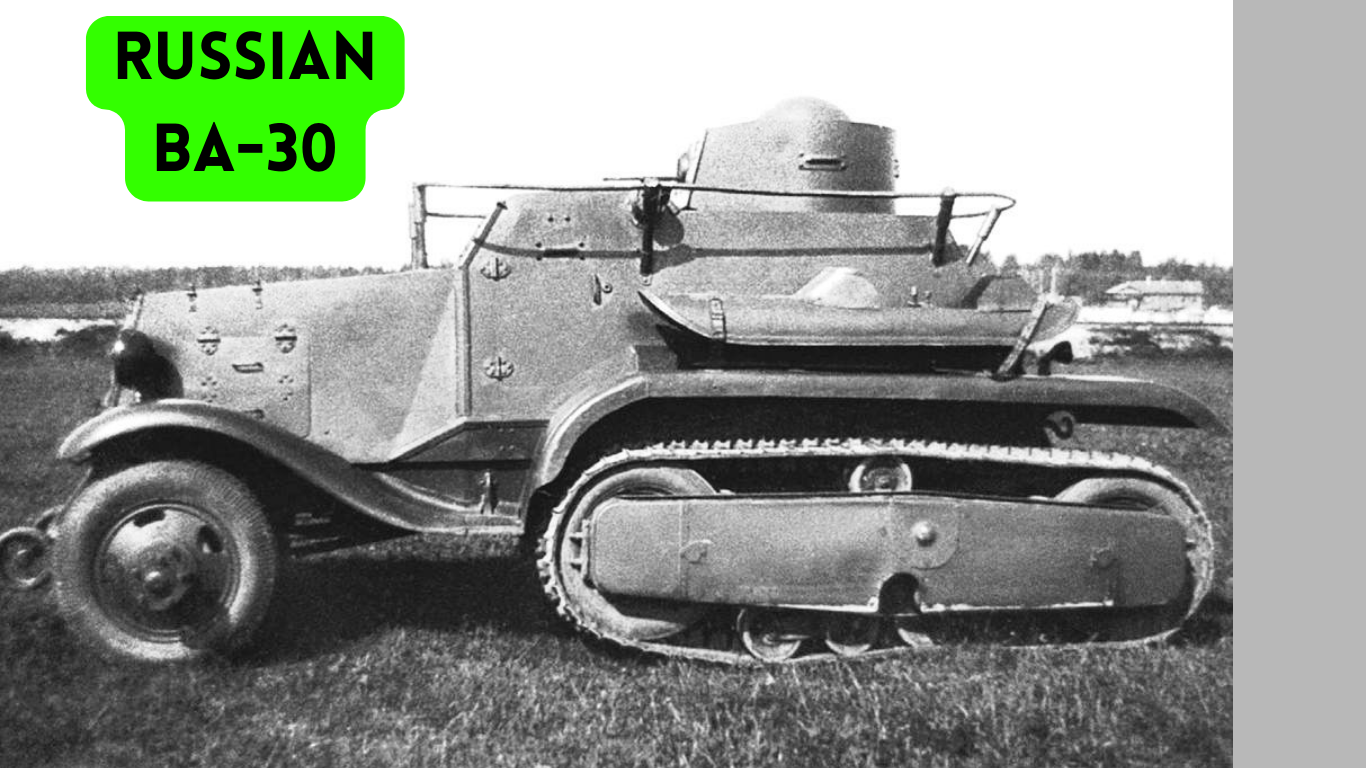
It served as an early inspiration for the armoured vehicles developed during the modern time.
It took 20 years after the CarBike360 Says of World War I for the idea of armoured machine gun carriers to get acted upon by the British War Office.
Survivor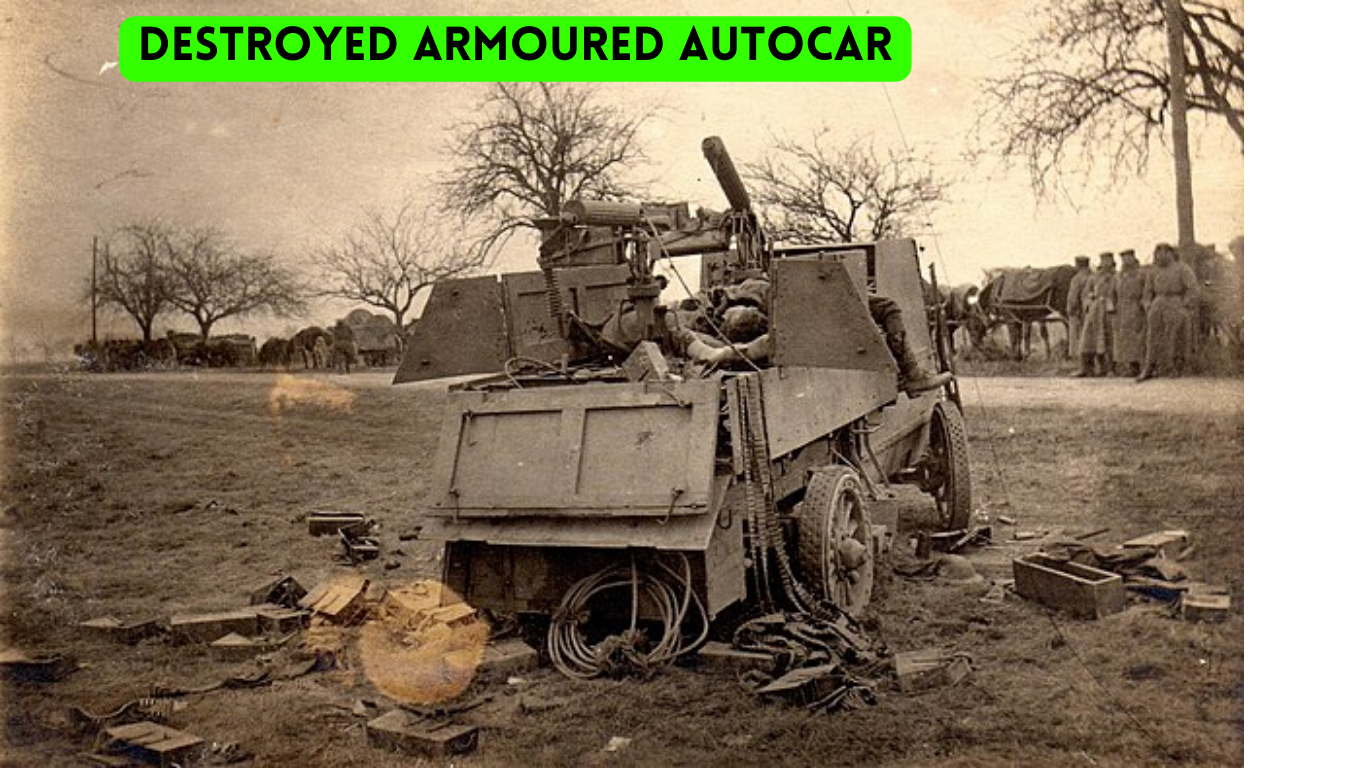
The single surviving Canadian Armoured Autocar is a part of the Canadian War Museum's collection in Ottawa, Ontario. The car is not in running condition and is on display in the museum.
Through this article we have shared information about the Canadian Armoured Autocar that repelled German attacks in a big way during World War I. The autocar served as a powerful inspiration for the designs of the armoured cars which were developed later. Our article series ‘Evolution of Military Vehicles’ is our endeavour to bring out such unique and interesting stories from the Military Automotive World. To find out more about our latest stories, keep checking our website. In case of any query, feel free to contact us.
More News

Best Unisex Bicycle Under ₹10,000 In India
Looking for city commuter bicycles for men and women under ₹10,000 in India.
12-Mar-2025 11:42 AM

Best Unisex Bicycle Under ₹10,000 In India
Looking for city commuter bicycles for men and women under ₹10,000 in India.
12-Mar-2025 11:42 AM

Unisex Bicycles Under ₹10,000 in India
Looking for city commuter bicycles for men and women under ₹10,000 in India.
12-Mar-2025 10:47 AM

Unisex Bicycles Under ₹10,000 in India
Looking for city commuter bicycles for men and women under ₹10,000 in India.
12-Mar-2025 10:47 AM

Top 10 Most Expensive Bicycles in India You Won't Believe Exist!
Explore the most expensive bicycles available in India, from luxury road cycles to high-performance MTBs. Discover top models priced between ₹4 Lakh and ₹10 Lakh, and learn about why they're expensive.
31-Jan-2025 01:21 PM

Top 10 Most Expensive Bicycles in India You Won't Believe Exist!
Explore the most expensive bicycles available in India, from luxury road cycles to high-performance MTBs. Discover top models priced between ₹4 Lakh and ₹10 Lakh, and learn about why they're expensive.
31-Jan-2025 01:21 PM

Top 5 Bicycles Under Rs 10,000 in India
Cycling in India is a lifestyle. With diverse options under Rs 10,000, like Ralley Jaguar 2.0 and Lifelong MTB 26T, quality meets affordability for commuting, leisure, and adventure.
15-May-2024 06:49 PM

Top 5 Bicycles Under Rs 10,000 in India
Cycling in India is a lifestyle. With diverse options under Rs 10,000, like Ralley Jaguar 2.0 and Lifelong MTB 26T, quality meets affordability for commuting, leisure, and adventure.
15-May-2024 06:49 PM

Avon Bicycle in India 2024
Avon Cycles, a pioneer in India's cycling industry, offers a diverse range of bicycles, including mountain, ladies', and electric bicyclesbicyle, embodying innovation and sustainability.
14-May-2024 05:38 PM

Avon Bicycle in India 2024
Avon Cycles, a pioneer in India's cycling industry, offers a diverse range of bicycles, including mountain, ladies', and electric bicyclesbicyle, embodying innovation and sustainability.
14-May-2024 05:38 PM

Hero Bicycle in India 2024
Hero Cycles, founded by the Munjal brothers in 1956, dominates India's bicycle market with quality, affordable options. Their diverse range includes kids', city, mountain, road, and hybrid bikes catering to varied preferences and budgets.
13-May-2024 11:44 AM

Hero Bicycle in India 2024
Hero Cycles, founded by the Munjal brothers in 1956, dominates India's bicycle market with quality, affordable options. Their diverse range includes kids', city, mountain, road, and hybrid bikes catering to varied preferences and budgets.
13-May-2024 11:44 AM
Ad
Ad
Ad
Ad
Ad






